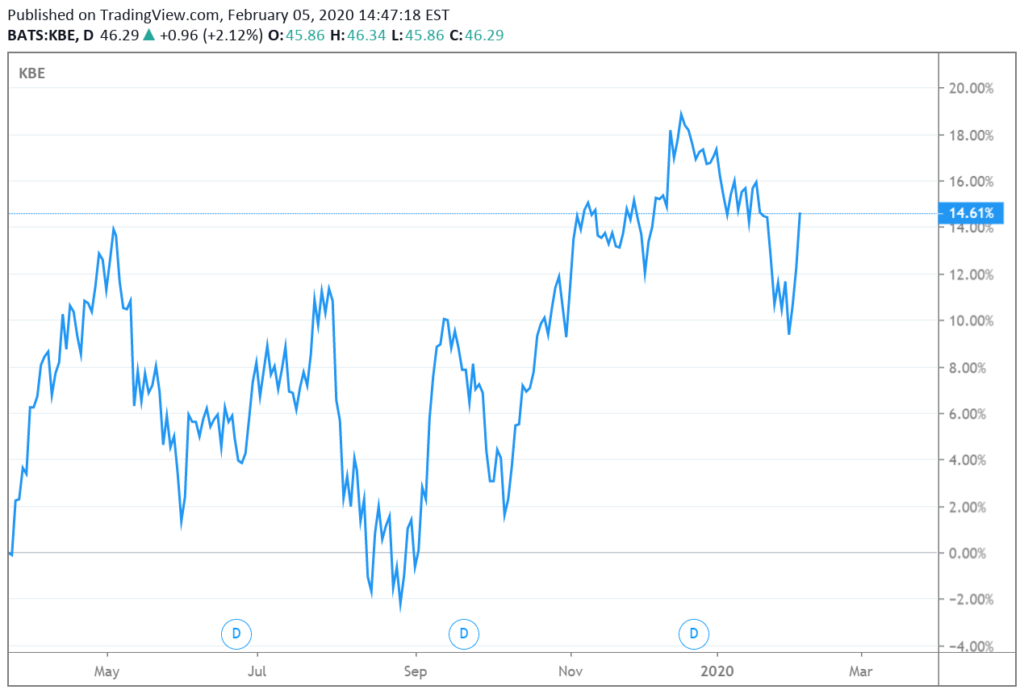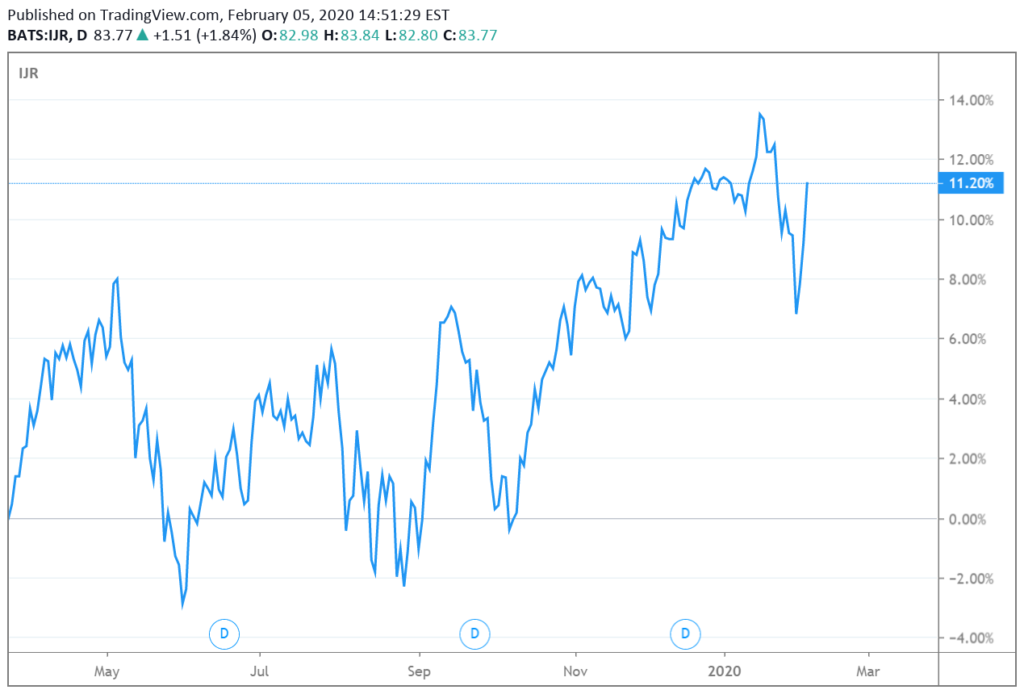Last updated on June 16, 2020
What Was Said
In this podcast’s pilot episode last April, economist Barry Knapp of Ironsides Macroeconomics discussed the economic news of the day: the 3-month/10-year yield curve inversion.
The conventional wisdom at the time was that the yield curve inversion would lead to recession in the U.S.
But there had been numerous “false positives” from the yield-curve indicator in the past, Knapp said: 1966, 1998, and 2005. “There was no evidence that the inversion of the yield curve was really having any demand side effects on the actual availability of credit,” he said at the time. “It’s not debilitating for growth.”
The U.S. consumer remained healthy as households continued to delever from the excesses of the 2008 financial crisis. “The savings rate is high, income growth is picking up,” Knapp said. While global exports were slowing, this was “not enough of a shock to drive the U.S. into a recession.”
Additionally, there were reasons to believe the inversion wouldn’t last long. The Federal Reserve was indicating that its next Treasury-buying initiatives were more likely to lead to a steepening of the curve.
Knapp was bullish on bank stocks, having upgraded his view in 2017. He also liked U.S. small caps, expecting a rally on domestic demand.
What Happened
Ten months later, there are no signs of recession for the U.S. economy. Financial stocks have done well, judging by the SPDR S&P Bank ETF (KBE), which is up more than 14% in the intervening months:

Small caps have also done well, with the iShares Core S&P Small-Cap ETF (IJR) gaining more than 11%:

The 3 month/10 year yield curve stayed inverted for a few months before steepening. It has since inverted again, though this time few economists are calling for a recession.
